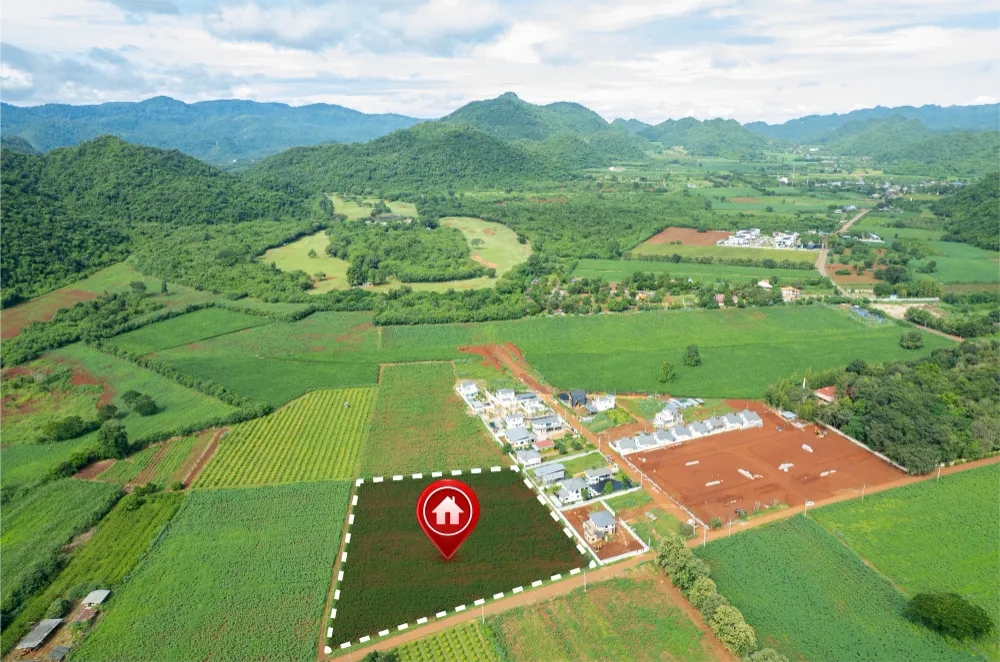How Land Ownership Maps Impact Zoning, Development, and Land Value
Land ownership maps guide zoning, prevent disputes, boost development planning & impact property values with clear, accurate boundary data.

Knowing who owns which parcel of land helps city planners and real estate professionals immensely. The specifics of property borders and ownership are the backbone for zoning decisions, what kind of development happens, and a property's market price. Maps matter a lot. This article explores the profound effects these land ownership maps have on zoning, development, and land value.
Understanding Zoning
Zoning is a local government's regulatory tool for dividing land into distinct districts, or zones, and establishing specific rules about what types of buildings and activities are allowed or prohibited in each zone. It can be used to designate the land for several uses, such as residential, commercial, industrial, or agricultural. Land ownership maps are useful in this context, as they accurately depict property lines.
Unclear boundary lines often lead to arguments and cause land to be used improperly. For instance, situating a commercial building within a neighborhood has the potential to disrupt the community. Knowing exactly what each property is meant for, thanks to detailed maps, prevents costly errors in development or land use.
Impact on Development
Land ownership maps are the basis of a lot of development projects. If you're a developer, you'll love how these maps guide you straight to the best building sites. This helps builders clearly see where one property ends and another begins. Knowing the surrounding land uses lets them plan their projects smartly.
Having the definitions of boundaries prevents the legalities that can sometimes get in the way of a project. Understanding property boundaries ensures developers operate in concert with surrounding land and within the law.
Land ownership maps quickly indicate whether a location is accessible. Building something new always starts with assessing what's underneath. These maps can give you a clear picture of how old buildings are. With all the details spread out on a map, figuring out a solid plan and allocating materials and resources becomes much simpler.
Resolving Disputes
Having a clear map of land ownership often stops arguments about property lines. Knowing exactly where your property ends keeps things friendly with neighbors. These maps can help settle disputes by supporting claims.
When courts and mediators need to resolve disputes, they often bring up these maps. Clear and precise information facilitates trust throughout any legal process. This settles arguments and stops new ones from bubbling up.
Enhancing Community Planning
To really get community planning right, you can rely on maps that clearly lay out who holds the deeds to different properties. Planners actively use these tools. They project how land that's in use today can expand and shift for tomorrow's needs. These maps clearly mark areas for development and conservation. Once it is understood what infrastructure is in place and what land is owned by whom, the planner can propose developments that make the best use of existing resources. This strategy will create sustainable growth while improving the quality of life of its residents.
Technological Advancements
The method of creating and using land use plans has also shifted with technological progress over the years. You'll find digital maps are more precise and easily accessible. New systems now push out live data and critical facts. This immediate stream of knowledge helps the public comprehend pressing matters with clarity.
Modern maps aren't just lines on paper. They pack in layers of information, like live traffic or historical sites. By examining the data carefully, you will consistently make informed choices. Now, using maps is much easier for both individuals and businesses alike.
Conclusion
In summary, land ownership maps are far more than simple administrative tools; they are the foundational framework that guides the intelligent growth of our communities. Their critical role in shaping effective zoning laws directly enables responsible development, ensuring projects are both legally sound and contextually appropriate. For the real estate market, the clarity provided by these maps is indispensable, forming the basis for accurate land valuation and secure transactions. As technology continues to evolve, transforming these maps into dynamic digital platforms, their influence will only grow. They will remain essential for creating sustainable, well-planned urban environments, proving that clear ownership information is the cornerstone of successful and conflict-free development.
Last updated
Was this helpful?